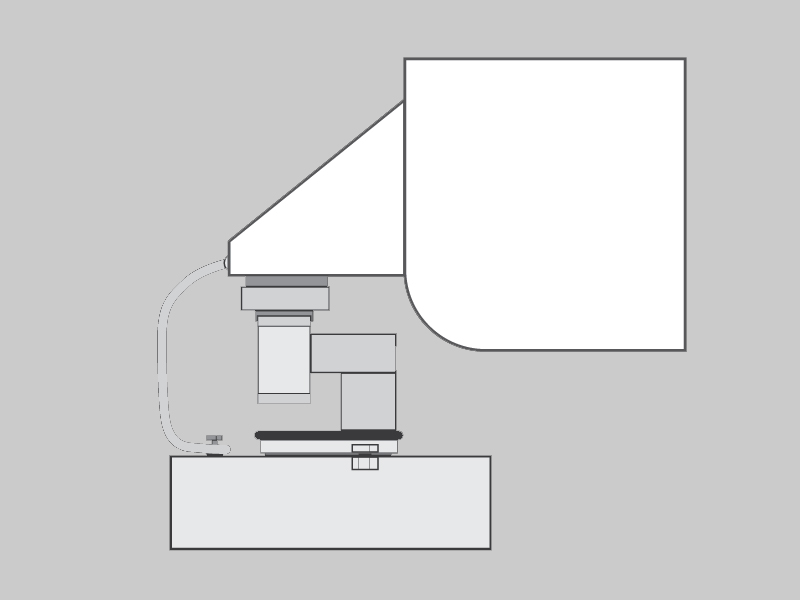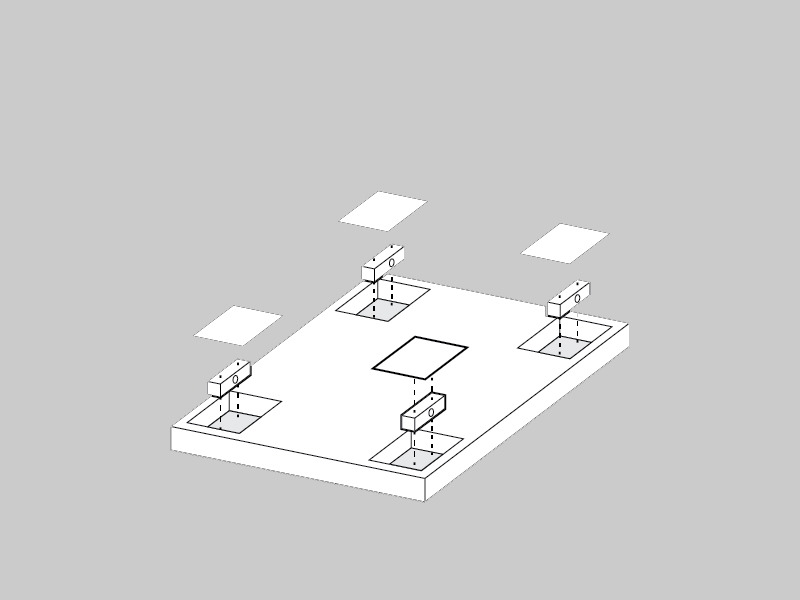Load cells are the most important components in a weighing system. While they are often heavy, appearing to be a solid piece of metal, and are precisely constructed to weigh tens of thousands of pounds, load cells are actually very sensitive devices. If overloaded, its accuracy and structural integrity may be compromised. This includes welding near load cells or on the weighing structure itself, such as a silo or vessel.
Welding generates much higher currents than load cells are typically subjected to. In addition to electrical current exposure, welding also exposes the load cell to high temperatures, weld spatter, and mechanical overload. Most load cell manufacturers’ warranties do not cover load cell damage due to soldering near the battery if they are left in place. Therefore, it is best to remove the load cells before soldering, if possible.
Remove Load Cells Before Soldering
To ensure that welding does not damage your load cell, remove it before doing any welding to the structure. Even if you are not soldering near the load cells, it is still recommended to remove all load cells before soldering.
Check electrical connections and grounding throughout the system.
Turn off all sensitive electrical equipment on the structure. Never weld on active weighing structures.
Disconnect the load cell from all electrical connections.
Make sure the weigh module or assembly is securely bolted to the structure, then safely remove the load cell.
Insert spacers or dummy load cells in their place throughout the welding process. If required, use a suitable hoist or jack at a suitable jacking point to safely lift the structure to remove load cells and replace them with dummy sensors. Check the mechanical assembly, then carefully place the structure back on the weighing assembly with the dummy battery.
Make sure all welding grounds are in place before starting welding work.
After the soldering is complete, return the load cell to its assembly. Check mechanical integrity, reconnect electrical equipment and turn on power. Scale calibration may be required at this point.
Soldering when the load cell cannot be removed
When it is not possible to remove the load cell prior to welding, take the following precautions to protect the weighing system and minimize the possibility of damage.
Check electrical connections and grounding throughout the system.
Turn off all sensitive electrical equipment on the structure. Never weld on active weighing structures.
Disconnect the load cell from all electrical connections, including the junction box.
Isolate the load cell from ground by connecting the input and output leads, then insulate the shield leads.
Place bypass cables to reduce current flow through the load cell. To do this, connect the upper load cell mount or assembly to a solid ground and terminate with a bolt for low resistance contact.
Make sure all welding grounds are in place before starting welding work.
If space permits, place a shield to protect the load cell from heat and welding spatter.
Be aware of mechanical overload conditions and take precautions.
Keep welding near the load cells to a minimum and use the highest amperage allowed through the AC or DC weld connection.
After soldering is complete, remove the load cell bypass cable and check the mechanical integrity of the load cell mount or assembly. Reconnect electrical equipment and turn on power. Scale calibration may be required at this point.

Do not solder load cell assemblies or weigh modules
Never directly solder load cell assemblies or weigh modules. Doing so will void all warranties and compromise the accuracy and integrity of the weighing system.
Post time: Jul-17-2023








